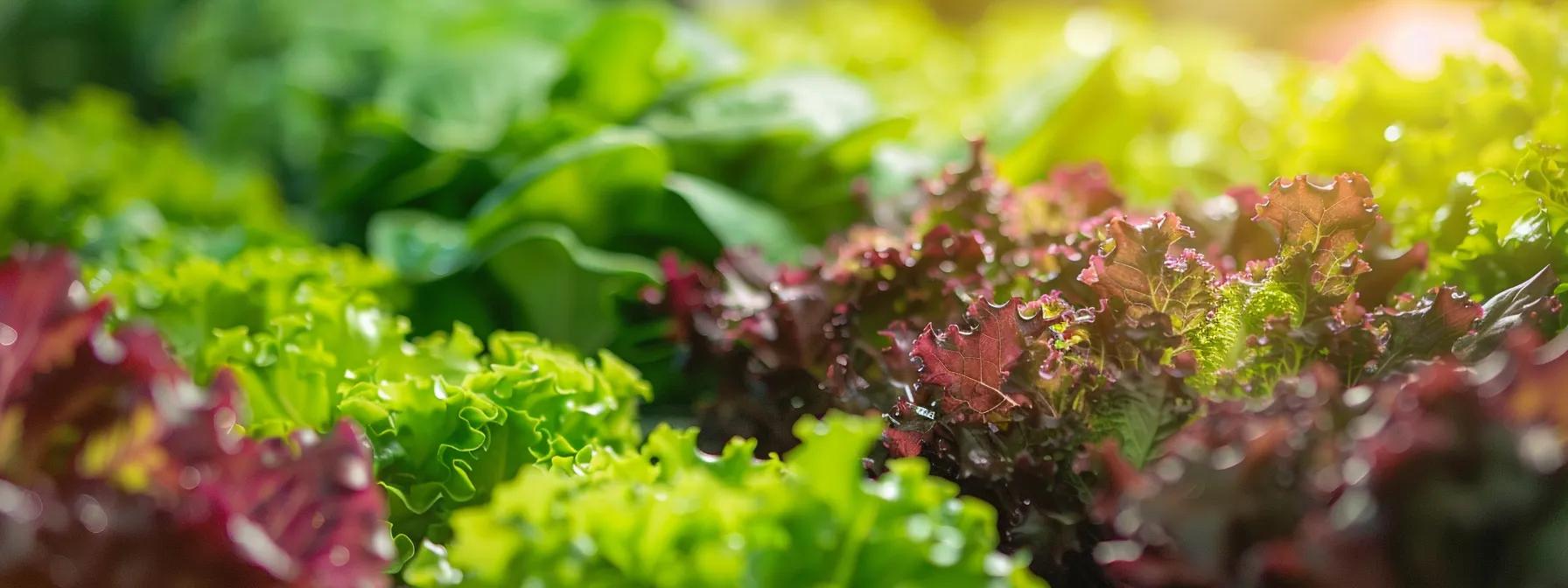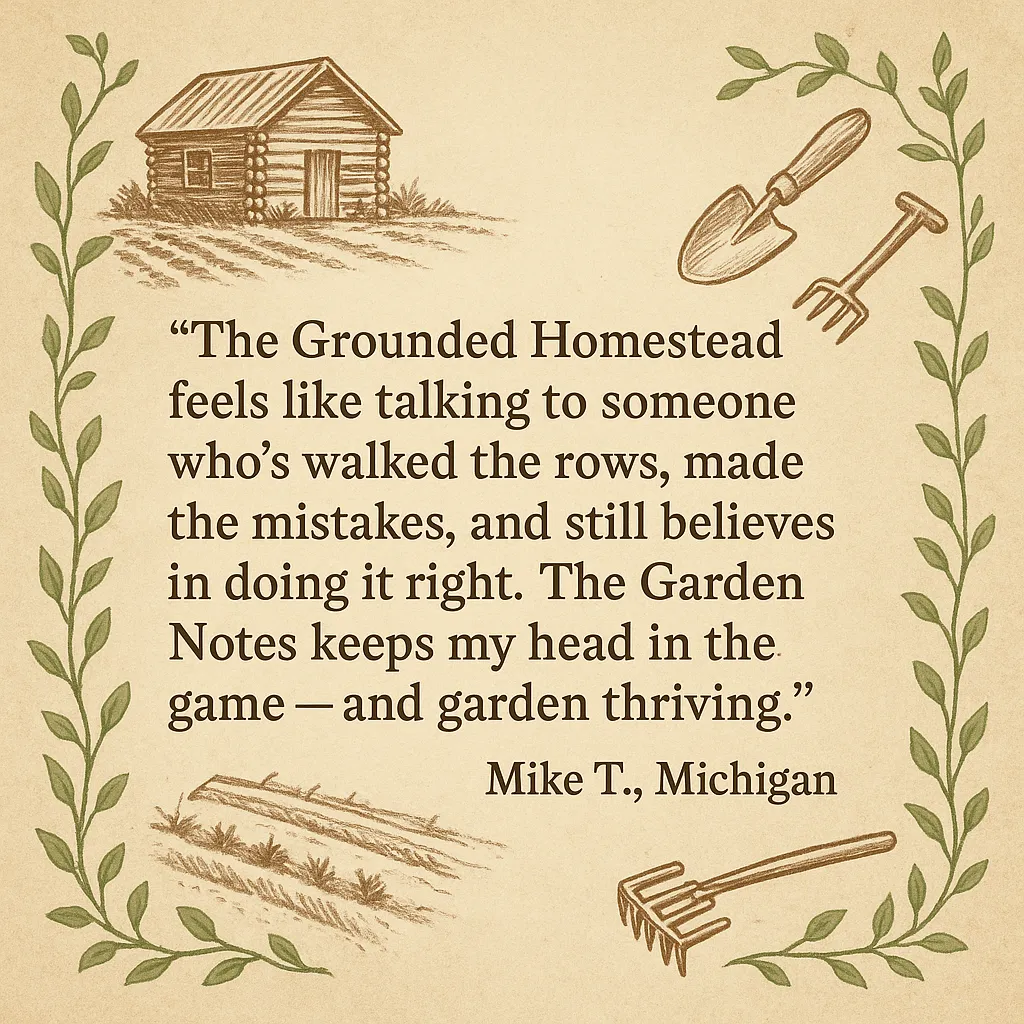
Top 5 Lettuce Pests—And How to Keep Them Out Naturally
Top 5 Lettuce Pests—And How to Keep Them Out Naturally
There’s nothing more disheartening than walking out to check your lettuce patch and finding it munched to the stems. I’ve been there. One spring, I planted three rows of butterhead starts I was proud of—straight, healthy, full of promise. The next morning? Slime trails, shredded leaves, and a pit in my stomach.
Turns out, I wasn’t the only one in the neighborhood craving fresh greens.
If you’re growing lettuce and hoping for clean, chemical-free leaves on the table, pest pressure is part of the deal. But it doesn’t have to be a battle. With a little timing, observation, and some natural defenses, you can outsmart the worst offenders without reaching for synthetic sprays.
1. 🐌 Slugs & Snails: The Nighttime Nibblers
These guys are the reason I check the garden before sunrise now.
What they do: Ragged holes, wilted transplants, and disappearing seedlings—especially after a rainy evening.
How to tell: Slime trails across soil or mulch. Damage shows up overnight, with entire leaves chewed around the edges.
Natural Fixes:
Beer traps: Bury a shallow dish (like a tuna can) at soil level and fill with cheap beer. Slugs crawl in and drown.
Copper tape or crushed eggshells: Slugs hate crawling across sharp or metallic surfaces. Ring the bed or containers.
Mulch smartly: Avoid soggy mulch right at the plant base. It’s slug real estate. Water in the morning so leaves dry by night.
Regional tip: If you’re in Zones 6–9, slugs tend to thrive during wet spring and cool fall stretches.
Grandma’s Tip: “Don’t water dinner for the slugs before bed.”
2. 🐜 Aphids: The Sticky Leaf Invaders
Aphids are sneaky. You often spot the ants first—then find the clusters under the leaves.
What they do: Suck the sap, stunt growth, and attract ants with their sweet honeydew.
How to tell: Curled leaves, sticky residue, ants crawling up stems.
Natural Fixes:
Water blast: Spray leaves off with a hose in the early morning.
Neem oil or castile soap spray: Mix with water and apply weekly.
Repel with plants: Interplant garlic, nasturtiums, or fennel—aphids steer clear of strong smells.
Zone note: Aphids thrive in mild temps—so spring and fall are prime time.
3. 🪱 Cutworms: The Silent Seedling Killers
One of the most frustrating pests for new gardeners.
What they do: Sever young lettuce at the base, leaving them toppled on the soil like someone took scissors to them.
How to tell: Healthy plant one day. Gone the next, cut right at ground level.
Natural Fixes:
Collars: Wrap the base of each transplant with a ring of cardboard or foil. It blocks cutworms from reaching the stem.
Debris cleanup: Don’t leave thick mulch or weeds near seedlings—cutworms hide there during the day.
Night patrols: Go out with a flashlight and pluck them manually (if you’re brave).
Regional tip: Especially active in early spring in Zones 5–8.
4. 🪰 Leaf Miners: The Tunneling Tricksters
You’ll know them by their trademark damage.
What they do: Burrow inside leaves and leave behind white, winding tunnels.
How to tell: Maze-like trails on leaves. Affected leaves turn pale, thin, or spotty.
Natural Fixes:
Remove leaves early: As soon as you see trails, snip and discard (not in compost).
Row covers: Lightweight fabric keeps adult flies from laying eggs on young plants.
Crop rotation: Don’t plant spinach, chard, or beets in the same space back-to-back.
Pro tip: Overfertilizing with nitrogen boosts leaf miner activity—go easy on the feed.
5. 🐇 Rabbits: The Cute Culprits
You may see nothing until a whole patch disappears overnight.
What they do: Clean bites right through leaves, especially young heads. Sometimes full plants are taken down in one night.
How to tell: Nibbled leaves, rabbit droppings, or the occasional paw print.
Natural Fixes:
Fence them out: 2–3 feet of chicken wire, buried at least 6 inches into the soil, keeps most rabbits at bay.
Aromatic deterrents: Rosemary, lavender, and mint planted along the bed edge.
Stevie’s job: Our dog runs a patrol loop every morning. She’s earned her keep more than once.
Grandma’s Tip: “Fence out what you can’t train.”
🔍 What’s Eating My Lettuce? Quick Reference Table
PestSignsDamageTime of DayFirst FixSlugs/SnailsSlime, ragged leavesChewed leavesNightBeer traps + copper ringAphidsSticky leaves, antsCurled, yellowAnytimeSpray + companion plantsCutwormsCut stems at soilWhole plant lossNightCollars + clean soilLeaf MinersWhite trails on leavesInternal damageAnytimeRemove + row coverRabbitsClean bites, missing plantsTotal lossNightFence + mint deterrent
🌿 Companion Plants That Help
Plant a few of these alongside your lettuce for a built-in defense line:
Garlic & onions: Repel aphids and slugs
Nasturtiums: Trap crop for aphids
Mint, rosemary, lavender: Keep rabbits on the move
Marigolds: Deter multiple pests with scent and root compounds
🧭 Weekly Pest Prevention Routine
Keeping lettuce safe is easier when you don’t wait for disaster:
Monday: Early morning slug check + refill beer traps
Wednesday: Neem or soap spray if aphids spotted
Friday: Scan for miner damage and remove leaves
Sunday: Walk the patch, reset collars, tidy mulch
A little rhythm goes a long way.
👇 Get the Free Lettuce Pest Toolkit
Download the Lettuce Pest Toolkit and take it out to the garden with you. It includes:
Full-color photo ID guide
DIY neem oil and soap spray recipes
Weekly checklist for each pest
Companion planting quick-reference
📥 [Grab the toolkit here] (link to lead magnet)
Final Thoughts: You’re Not Gardening Wrong
If pests are showing up, you’re not failing. You’re gardening in a real world, not a catalog. The key is to pay attention, act early, and lean on natural systems whenever you can.
Grandma used to say, “You’re not gardening wrong—just gardening unaware. Watch close, and you’ll learn faster than they can eat.”
Let’s keep our lettuce safe—and chemical-free.
— The Grounded Homestead


Facebook
Instagram
X
Youtube